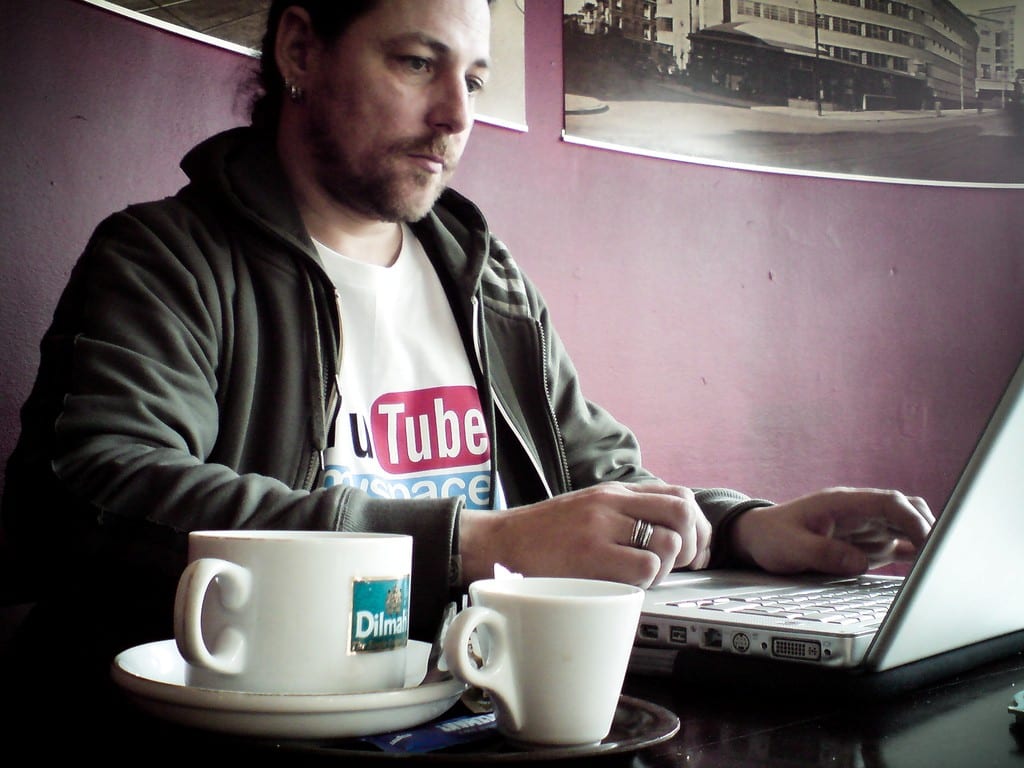The Secrets Of A Productive Business
Photo courtesy of Pexels
In terms of time that you need to organise yourself, your staff and a successful business, it can seem like you barely have any to work with at all. The saying goes that we’ve got the same amount of time in the day as (insert extremely successful person here), yet surely we cannot be doing everything ourselves in order to propel ourselves forwards. So what are the secrets of those who are managing to get everything done? Don’t panic – it’s not all as mysterious and time-consuming as it may seem.
Pssttt … It’s Not Just Them.
There are people in this world who are super-productive. But to truly succeed, they need a firm foundation of people who are willing to help them achieve what they want and need to achieve. It’s a case that is first rooted in education. Those who are given the privilege of succeeding are more likely to go further than those who put the work in. It’s unfair, but unfortunately a fact of life. To truly succeed in the business world, you need to be able to pass your work over to those who are more able.
How Do I Find The More Able?
You think outside of the box. Don’t just look towards humans – look towards technology, too. The computers that are able to process things a thousand times faster than we ourselves are able to. The apps that can help us out with simple things that take way longer for humans to complete. For example, investing in real-time ID scanning and ID authentication rather than having clients visit you or having to take time out of their schedule to go one step further in validating their existence will save not just you the hassle, but your customers too. This is beneficial to the both of you. It’ll keep your customers coming back.
So What Happens After That?
Keep the simplicity coming. Delegate the jobs that need delegating, whether to human or computer. Focus on your own management issues and stylings and think about whether these need working on. This is something that technology definitely can’t help out with. There are resources online to let you know what you should be doing to keep your team happy, if you have one, or what you need to do to increase productivity/effectiveness of your staff, but it’s more a case of trying and testing these theories. Everybody is different, and that goes for not just you but your staff as well. Especially in terms of project management, certain tactics work well in some situations but not so much in others. It’s a way of being able to move forward and get more stuff done in the time that you have given to it. Setting yourself limits on the time that you have can definitely aid you in regards to getting a set amount of work done in a set amount of time, but it’s more about recognising the impact of said work and how much it positively impacts your business.





